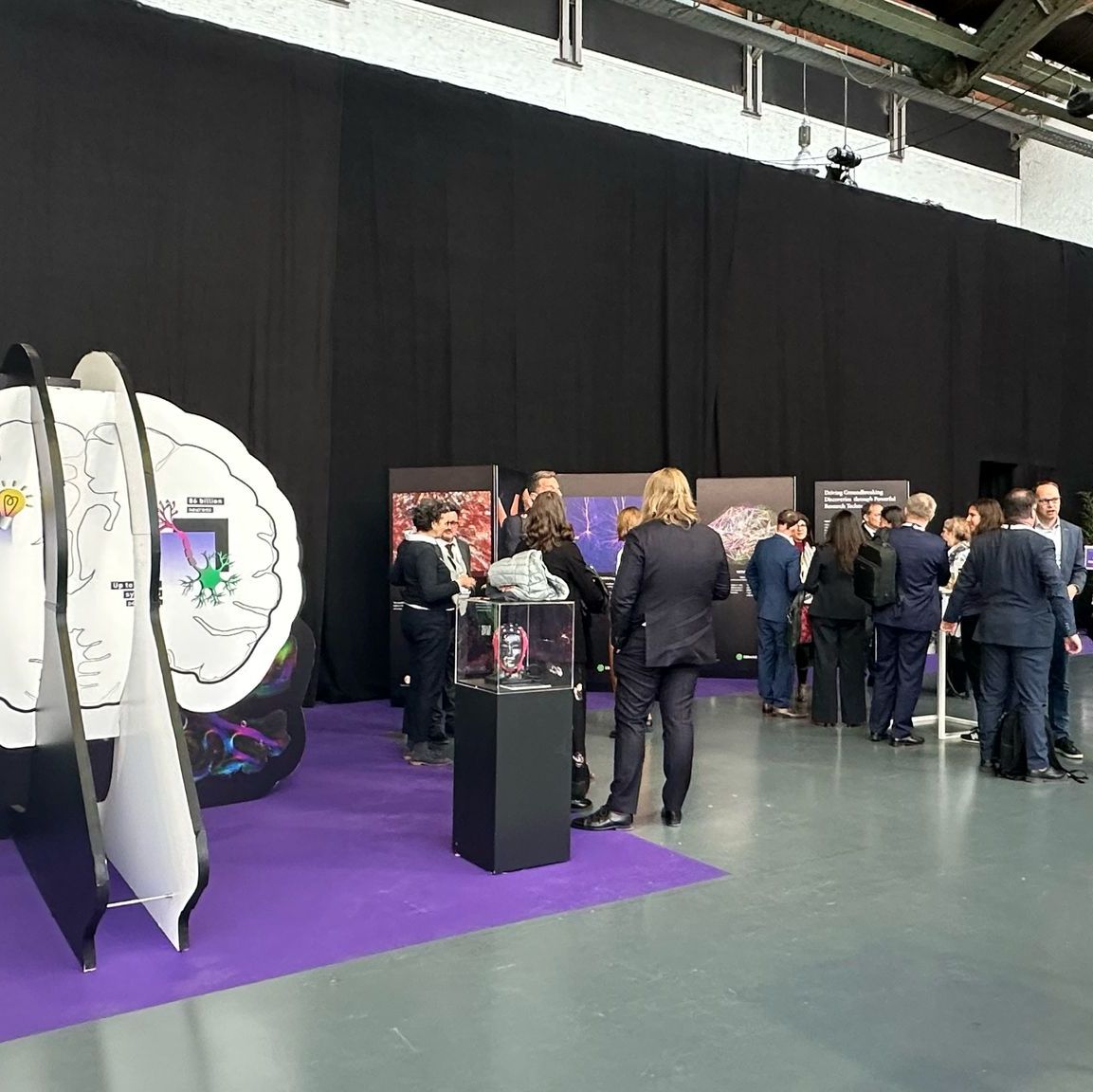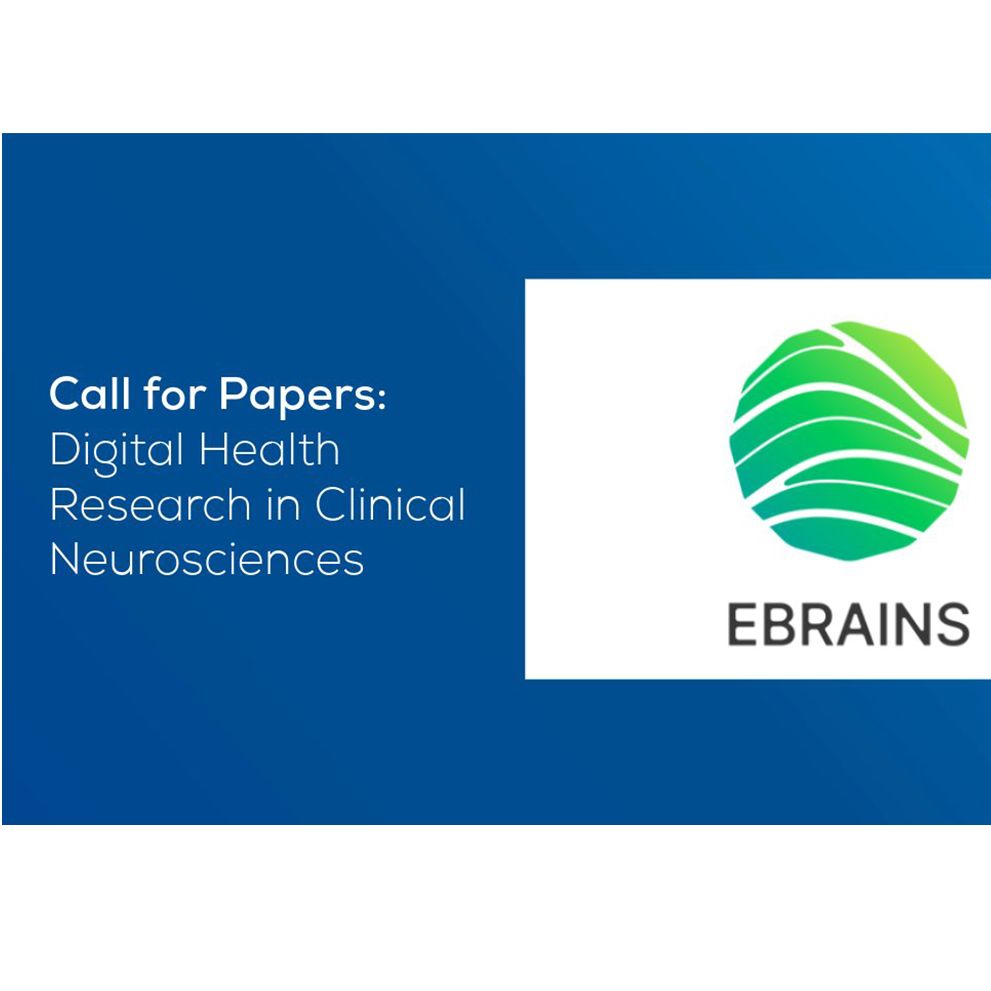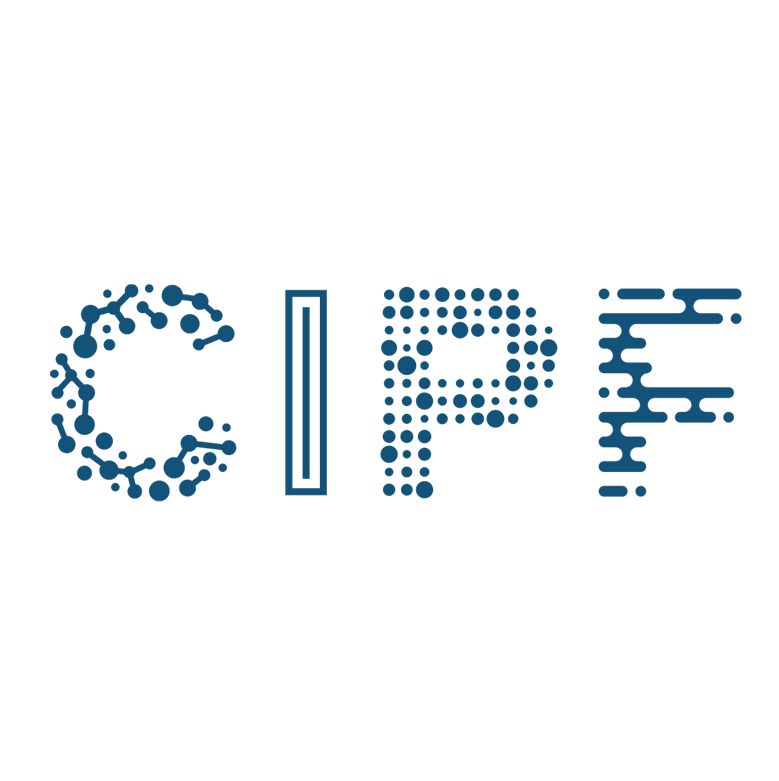
EBRAINS User Stories - Arnau Manasanch: seamless integration and open sharing with EBRAINS tools

This time we talk to Arnau Manasanch, who works at August Pi Sunyer Biomedical Research Institute in Barcelona as a data analyst. On EBRAINS, the team developed the collaborative slow wave analysis pipeline “CobraWAP”, a modular and adaptable analysis pipeline to study different brain states and their transitions.
What are you working on and does EBRAINS help you with it?
I work in a neuroscientific lab, led by Prof. Mavi Sanchez-Vives, where we deal with electrophysiological brain data, and we mainly do analysis and models about cognition and also consciousness. We especially look at “slow wave activity” in the brain, which is a hallmark of different states of consciousness. Analysis tools like Elephant and Neo on EBRAINS help us work with different types of recordings of electrophysiological activity. Different tools are also combined into our collaborative slow wave analysis pipeline CobraWAP, that gives users a way to integrate multi-methodology data, experimental or simulated, or integrate different models.
So, the tools let you deal with many types of brain data from different sources?
Exactly. In neuroscience there are often trade-offs between the methods. For example, when using electrophysiology and calcium-imaging data – those are two very different kinds of recordings, but both are used to study how activity waves propagate across the cortex. In the case of electrophysiology, you have different measuring sites, let's say 32. So, you just get 32 signals at the different spots where the electrodes are. That is low spatial resolution, but it's really precise in the time dimension. With calcium imaging you have a much higher spatial resolution, but a lot less precise temporal resolution. CobraWAP helps you get the best of both worlds to a degree, getting all the information that you can extract from the data itself, in a kind of standardized way.
How was your experience integrating this tool into the infrastructure?
I think it's super convenient. The EBRAINS technical team will help you integrate your tool in EBRAINS and disseminate the tool with the neuroscience community. There is a lot of work on compatibility, so that different methods can be combined better. I think it brings a lot of benefits. Altogether this open sharing of data and research tools changes the way that scientists can work together.
“I think it’s super convenient. The EBRAINS technical team will help you integrate your tool in EBRAINS and disseminate the tool with the neuroscience community (...) I think it brings a lot of benefits.”
How does EBRAINS help you in sharing data?
That happens with another important tool for us, the EBRAINS Knowledge Graph. We produce a lot of data that we want to make available. It helps to receive support with it. You can contact the data curation service of EBRAINS, and they guide you through the process and help you follow the FAIR standard guidelines. It doesn't take more than two weeks to publish your data with a DOI, so you can get citations from your data. It's not just describing the result and getting your citations from the paper anymore. You can publish your data directly as well and others can use them and cite you for it. And we are also already using the Live Paper service from EBRAINS.
What can you do with Live Papers?
Those are versions of a paper that allow the reader to execute the models or simulations or also access the data that you've used. You can directly provide workflows like Python Notebooks, which automatically download the data and ingest it to the workflow, and let people run the analysis and get the outputs. They can reproduce the figures or even perform an analysis that you haven't performed. It gives your readers a more direct contact with the work that was done.
Read more EBRAINS User Stories
In our previous story, we met Nataliia Melnyk, who uses EBRAINS resources in her teaching and neuropsychology research.
News & events
All news & events- News04 Apr 2025

- News03 Apr 2025


- News21 Mar 2025
